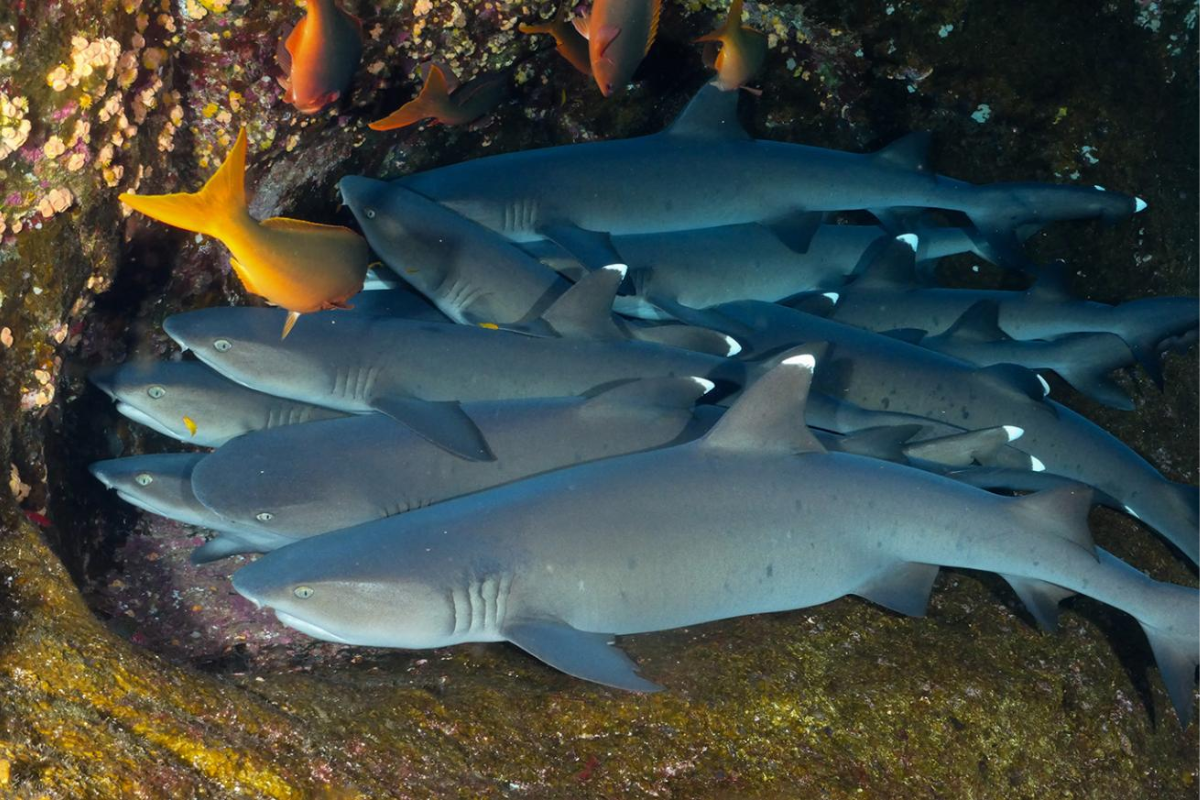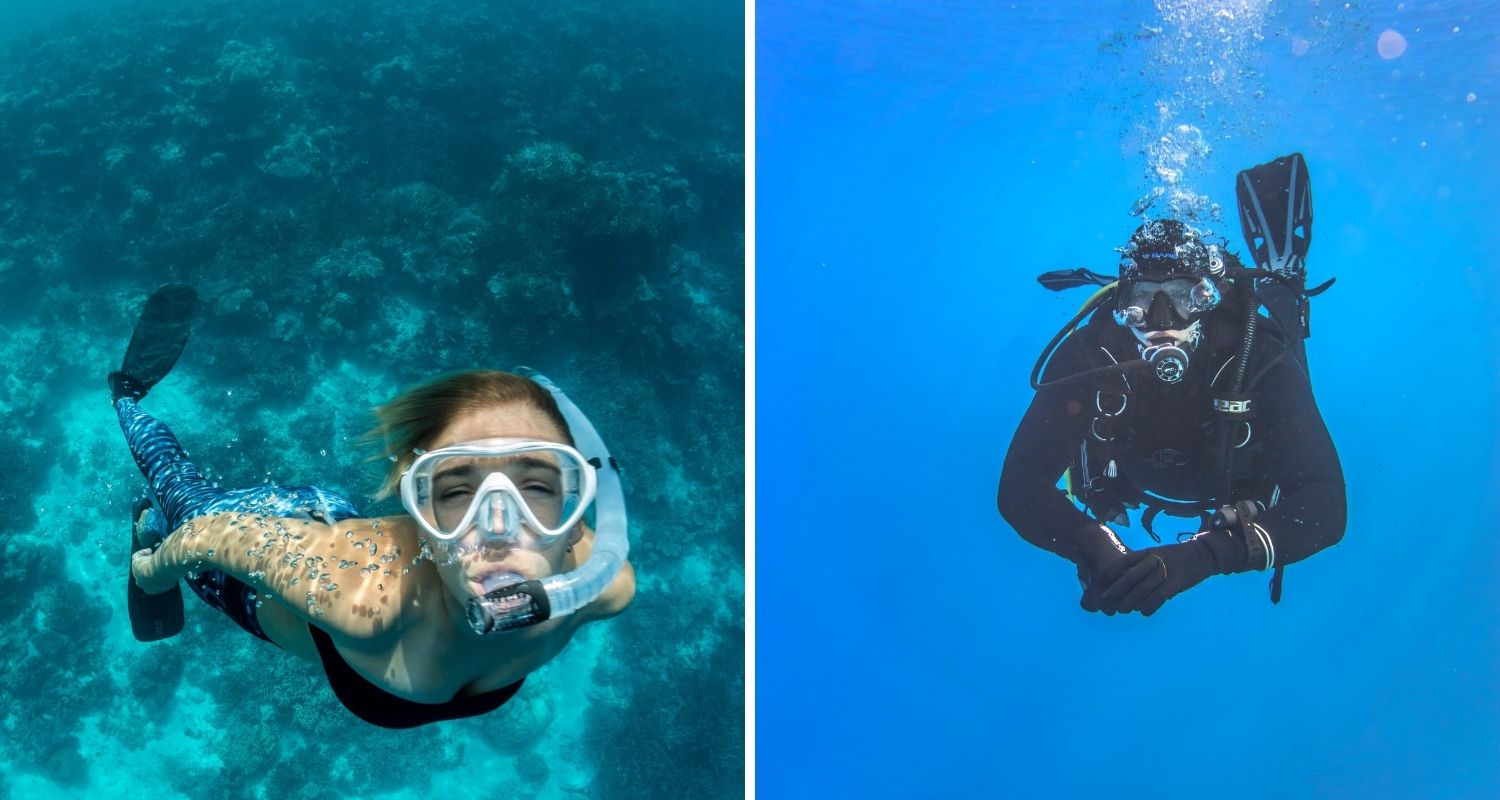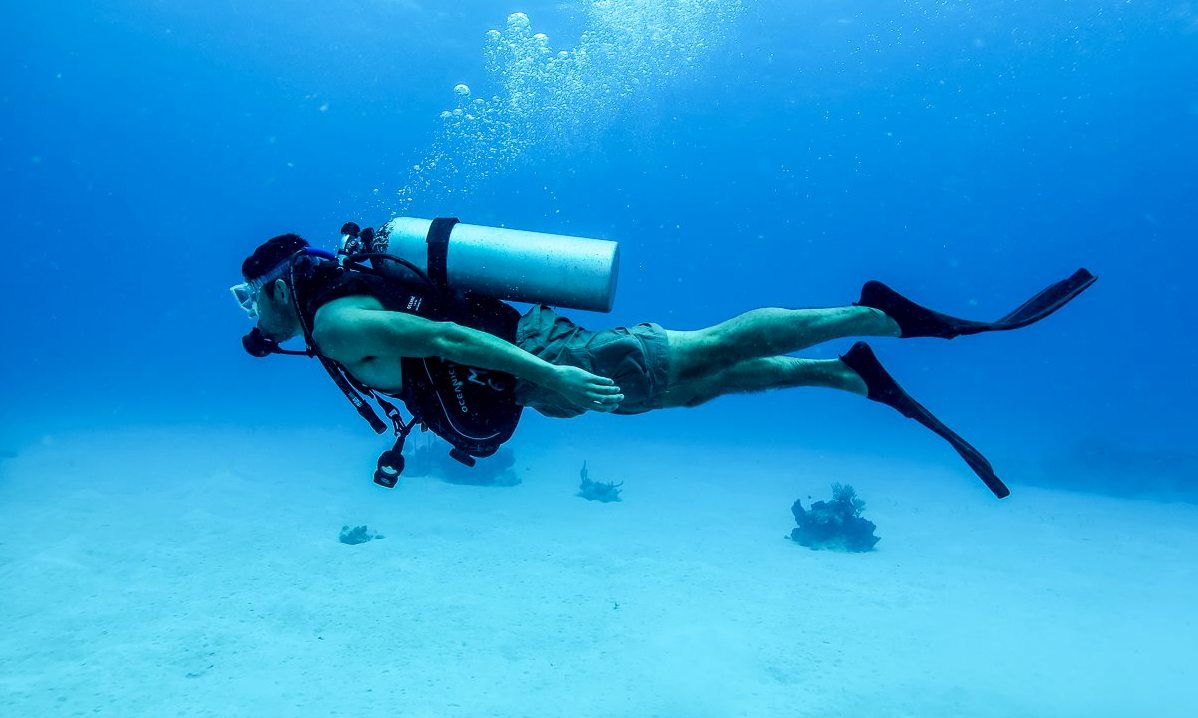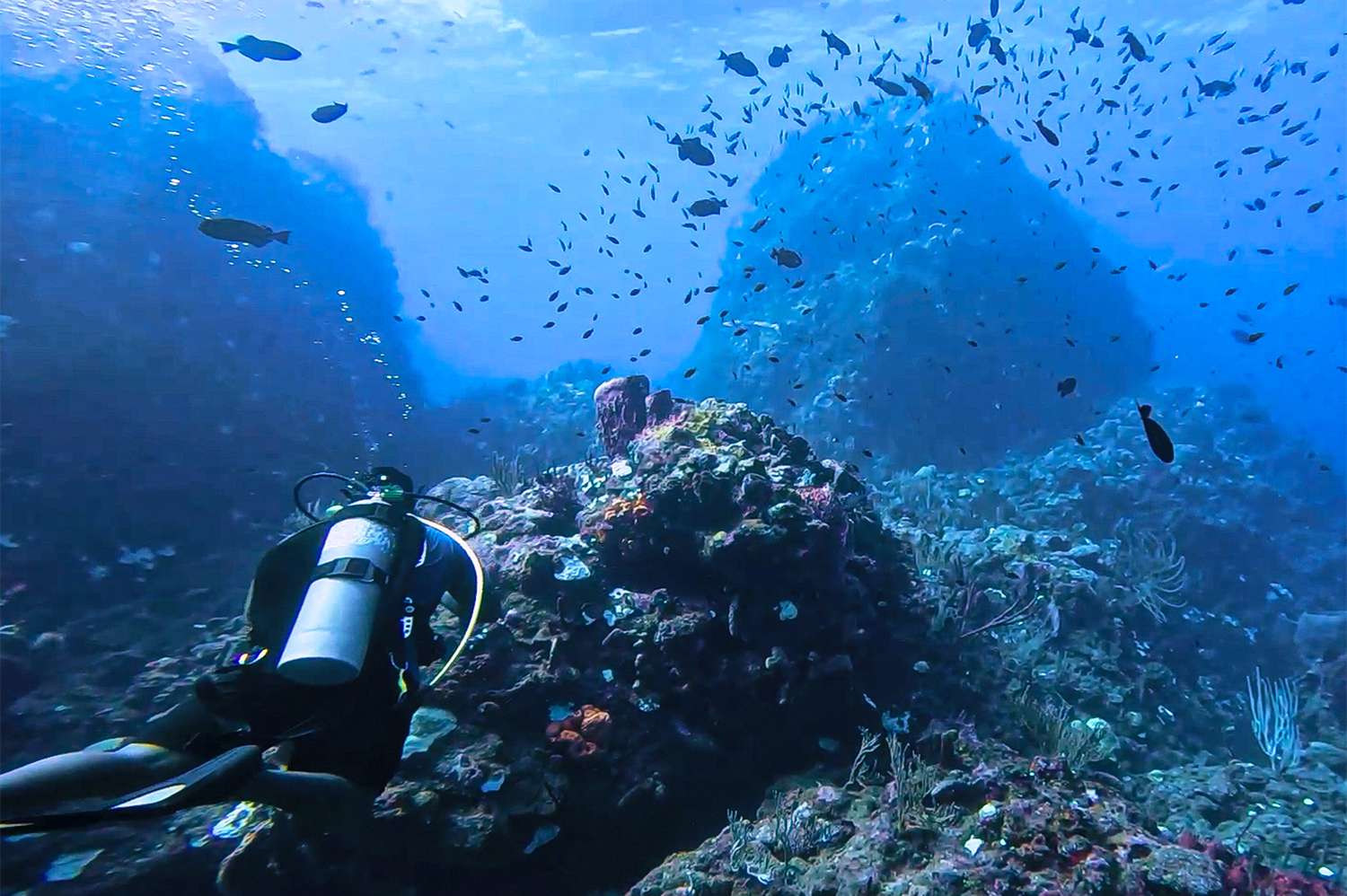Sharks are among the most fascinating creatures in our oceans. Their powerful presence, sleek bodies, and mysterious lifestyle captivate scuba divers, marine life enthusiasts, and adventurers worldwide. Yet, one question keeps coming up: how long do sharks sleep?
Unlike humans, sharks don’t tuck themselves into bed for long hours of rest. Instead, their sleeping habits are unique and still somewhat mysterious to science. In this article, we’ll uncover 7 fascinating facts about shark sleep, explain how it works, and explore why this knowledge matters to divers and marine explorers.
Whether you’re a student learning about marine biology, a scuba diver preparing for your next dive, or simply an ocean lover, this deep dive into shark sleep will open your eyes to the wonders of the underwater world.
If you’re seeking more thrilling adventures beyond the ocean, check out Skydive Guides for the best skydiving experiences worldwide.
Do Sharks Really Sleep?
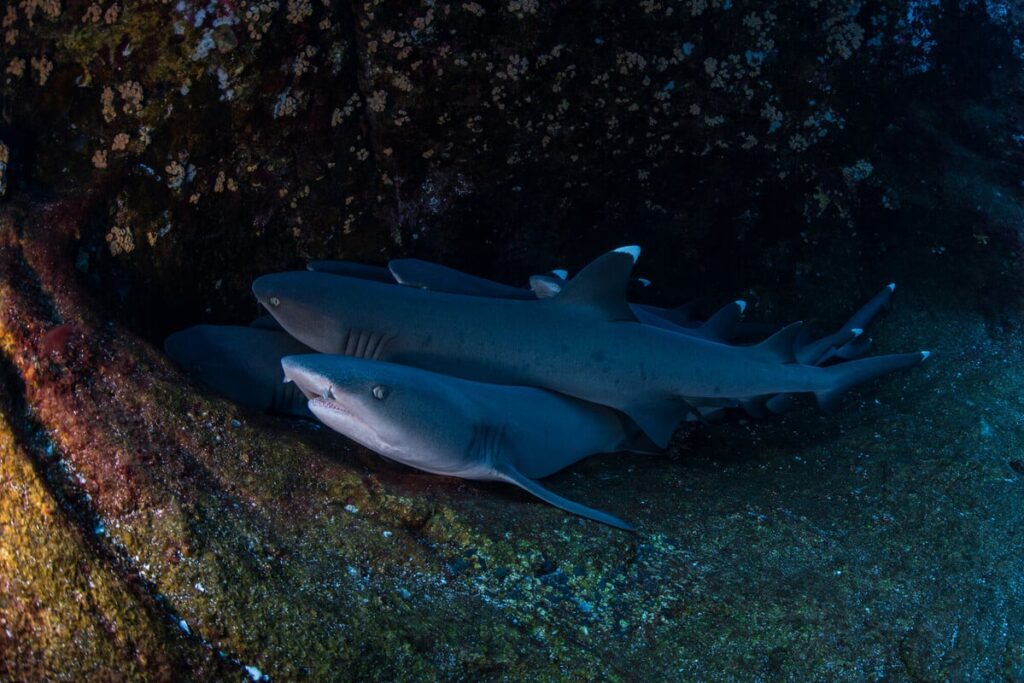
Table of Contents
To answer this question, we must first define what “sleep” means. For humans and most land animals, sleep is a state of deep rest when the body and brain shut down activity for hours.
Sharks, however, don’t sleep the same way we do. Instead, they enter periods of rest where parts of their brain slow down, but they remain partially alert. This is crucial for survival because many shark species need to keep moving to breathe.
So, yes — sharks sleep, but in a very different way than humans.
How Long Do Sharks Sleep?
If you’ve ever wondered how long do sharks sleep, the answer isn’t simple. Sharks do not sleep for long continuous stretches like humans. Instead, they rest in short intervals throughout the day and night.
- Bottom-dwelling sharks (like nurse sharks) can rest motionless for several minutes to hours on the seafloor.
- Constant swimmers (like great whites) take short rest breaks while still moving, alternating which parts of their brain stay active.
Scientists estimate that sharks spend around 6–12 hours a day resting in total, but the length and style of these resting periods depend on the species.
7 Fascinating Facts About Shark Sleep
Shark sleep is one of the ocean’s greatest mysteries. Here are seven facts that will change the way you think about these incredible creatures.
1. Sharks Don’t Sleep Like Humans
Unlike us, sharks never fall into deep unconsciousness. Instead, they experience a “resting state” where their activity slows, but they stay aware of their surroundings. This unique adaptation helps them avoid predators and hunt effectively.
2. Some Sharks Keep Swimming While Resting
Species like great whites, hammerheads, and makos must keep swimming constantly. This movement forces water through their gills, giving them oxygen — a process called ram ventilation.
For these sharks, resting doesn’t mean lying still. Instead, they rest on the move, keeping their body active but their brain partially slowed.
3. Bottom-Dwelling Sharks Can “Nap”
Not all sharks need to keep moving. Species such as nurse sharks and reef sharks can rest motionless on the seafloor. They use a special adaptation called buccal pumping, which allows them to actively pump water over their gills while staying still.
This means some sharks can actually “nap” like humans — though not for very long.
4. Sharks Can Rest One Part of the Brain at a Time
Some sharks use unihemispheric slow-wave sleep, a state where one side of the brain rests while the other remains active. Dolphins and whales use the same trick.
This allows sharks to continue swimming, breathing, and staying alert for danger even while technically “asleep.”
5. Sleep Patterns Vary by Shark Species
Sharks are incredibly diverse, with over 500 species, and their sleeping habits differ:
- Great white sharks – rest while swimming, never stopping.
- Hammerheads – often found cruising slowly at night in semi-resting states.
- Nurse sharks – can spend hours lying on reefs or sandy bottoms.
- Tiger sharks – mix periods of swimming with short naps in calm areas.
This variety makes studying shark sleep a fascinating challenge for marine biologists.
6. Sharks Use Safe Zones for Resting
When sharks need to rest, they often choose safe, quiet places such as:
- Coral reefs
- Rocky caves
- Sandy seabeds
- Underwater ledges
These spots protect them from strong currents and larger predators while they recharge.
7. Shark Sleep is Still a Mystery to Science
Despite decades of research, scientists are still piecing together the puzzle of shark sleep. Because sharks live in deep and open oceans, direct observation is difficult. New technology like underwater cameras and tagging devices is helping uncover more about how, when, and how long sharks sleep.
For scuba divers and adventurers, this mystery makes every shark encounter even more exciting.
Why Understanding Shark Sleep Matters for Divers
If you’re a scuba diver, you may come across resting sharks during your dives. Understanding their sleep habits can help you appreciate — and respect — these incredible animals.
- For safety – Knowing that some sharks are semi-alert even while resting reminds divers to stay cautious.
- For conservation – Observing shark rest zones helps protect critical marine habitats.
- For experience – Spotting a sleeping shark is a once-in-a-lifetime diving memory.
Exploring shark behavior is part of the thrill of diving. That’s why platforms like scoobadiveguide are essential for divers seeking safe and enriching underwater adventures.
Frequently Asked Questions (FAQ)
Do sharks close their eyes when they sleep?
Most sharks don’t close their eyes while sleeping. Instead, some species use a nictitating membrane (a protective eyelid) to shield their eyes when resting or hunting.
Can sharks sleep while moving?
Yes. Sharks like great whites and hammerheads can rest while still swimming. They rely on ram ventilation to breathe and keep one part of the brain active while resting.
How do scientists study shark sleep?
Marine biologists use tagging devices, underwater video, and tracking systems to monitor shark behavior. However, because of their deep-water habitats, shark sleep remains difficult to study in detail.
Do all sharks sleep the same way?
No. Bottom-dwellers like nurse sharks nap on the seafloor, while open-water sharks like great whites keep swimming while resting. Each species has its own style of sleep.
Is it safe to dive near sleeping sharks?
Generally, yes — if you respect their space. Divers should avoid touching or disturbing sharks. Sleeping sharks may seem calm, but they remain alert to movement and can react suddenly.
Final Thoughts
So, how long do sharks sleep? The truth is, sharks don’t sleep in long stretches like humans. Instead, they rest in short intervals — around 6–12 hours total per day — depending on the species.
Some sharks keep swimming while resting, others nap on the ocean floor, and many mysteries still remain. For divers and marine life lovers, this unique sleep behavior adds another layer of wonder to these majestic predators.
Next time you dive, remember — spotting a resting shark isn’t just rare, it’s a privilege. Respect their space, enjoy the moment, and let your curiosity guide you deeper into the world of the ocean.
And if you’re ready to explore more about sharks, diving spots, and underwater adventures, visit scoobadive — your ultimate guide to the deep blue.
